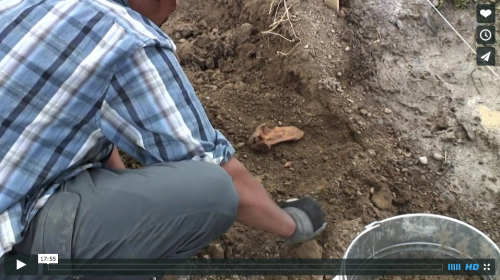
Republic of Archaeology: B.C. Archaeology Survey, 2016.
There’s a survey being taken of BC Archaeologists, First Nation, and other interest groups such as museum professionals, realtors, developers, and interested members of the public. it’s a fairly detailed survey with some quite specific questions about the regulatory and legal process of Archaeology and “Cultural Resource Management” in BC. The survey is run by Joanne Hammond, M.A., an archaeologist based in Kamloops, who also runs the Republic of Archaeology website, which is worth a look in its own right. The survey is only open for another 10 days or so,until December 31st.
I took the survey a few weeks ago and I expect if there is sufficient participation then the results will be quite revealing about the present and future of the practice of Archaeology in B.C. If you’ve read this blog much (not that it is getting updated, but still) you’ll know that the context of Archaeology in BC often becomes quite political, and charged with structural as well as unintended conflicts of interest, or the appearance thereof. Working in the colonial landscape we know that those “who control the past” assume upon themselves a lot of power and influence. Is the way that archaeology happens in this Province – almost always in a relationship to development – the best it could be? Take the survey to add your voice.










